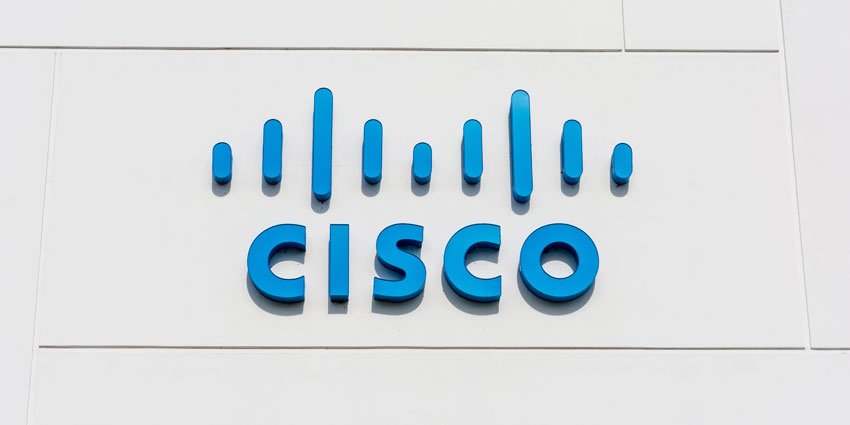Fraud has always been a concern for contact centres, and the problem was exacerbated by COVID-19. As call volumes increased, so did fraud risk, with 57% of companies witnessing a rise in fraudulent attacks last year. One of the most promising technologies to tackle these challenges is voiceprint – a unique density verifier, just like a person’s fingerprint.
What is Voiceprint?
You can define voiceprint as a set of quantifiable traits of an individual’s voice that can be a) measured using a mathematical formula and b) can be matched with a specific individual and no one else. Voiceprint has recently emerged as a potential answer to contact centre security challenges, because of advancements in voice recognition, AI, and acoustic signal processing technology.
At its core, voiceprint verification is powered by advanced algorithms that can delineate specific characteristics of a person’s utterances, record them and visualise them, and thereafter match them with a sample recording. To achieve this, the algorithm is trained on a variety of acoustic blocks to form correlations between sound and what it means.
Two Types of Voiceprint Technologies – 1:1 and 1:N
To understand how voiceprint works, we need to look at the two ways in which it functions – 1:1, for verifying identity and 1:N, for recognising the speaker. There is a subtle difference here. In the former case, the speaker has to say a certain word that the voiceprint system will match against its stored database. Therefore, it helps to verify the identity of the speaker once you have some knowledge as to who the speaker is/is supposed to be.
But in the latter category, the technology’s objective is to identify the speaker in the first place. The speaker says something (anything) and the system matches the biometrics features against the stored database to indicate the person’s identity.
How Voiceprint Aids in Preventing Fraud
Voiceprint technology can significantly cut down fraud risk at contact centres by automatically verifying the identity of the caller. There is no need for an agent to intervene (which is prone to human errors) and knowledge-based authentication (where the fraudster might get hold of answers to a secret question through identity theft). Instead, voiceprint verifies customer identity through variables that no one can spoof. In a contact centre, voiceprint can be implemented in:
- The interactive voice response (IVR) system
- Telephonic payment processes
- Password reset and account modification processes
- Data sharing and approval workflows
State of Voiceprint Technology Today
While voiceprint is still maturing, its adoption is growing every day. Recently, one of Australia’s largest banks enrolled 120,000 of its customers in a voiceprint-based authentication service. The Australian Taxation Office has registered the voiceprints of over 15% of the country’s citizens.
There are still challenges to overcome, including accuracy, voiceprint algorithm training data, privacy, and potential discrimination. However, it is a promising area of research, with advancements by companies such as Huawei, Google, etc. to push the envelope in this space.







